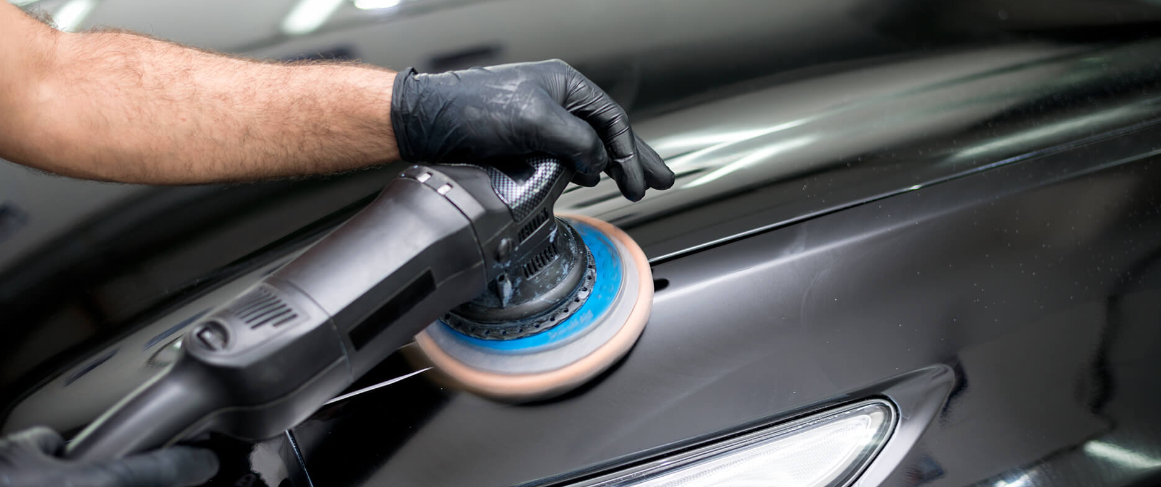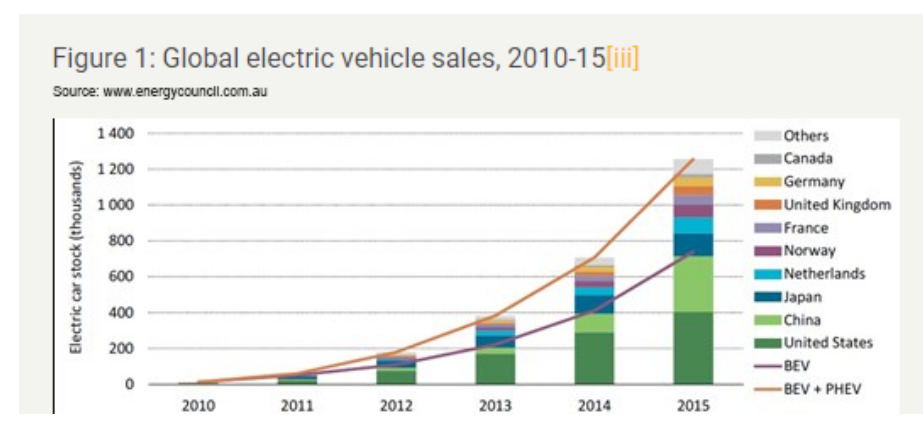
Leveraging Parking Technology to Improve City Productivity
Parking Guidance is just the Start

The increased utilisation of parking guidance systems (PGS) in shopping centre and destination location carparks is a testament to their benefits. The core purpose of a PGS is increased productivity and an improved customer experience, using directional signage and sensor lighting to indicate availability. This reduces the amount of time cars are circling carparks to find somewhere to stop.
For many carpark owners, this ability to optimise assets efficiently and reduce emissions, whilst improving the experience of their customers, makes investment in a parking guidance system well worth it.
Which is why an extension of the concept detailed in this article caught our eye. It details a research project in the beachside town of Rye on Victoria’s Mornington Peninsula that will use sensor technology on a small scale to create a smarter city.
As a tourist destination, Rye experiences congestion during holiday periods and weekends. Using sensor technology and historical data, the project is trialling (among several other things related to the tourist experience) guidance of traffic during peak times. Far from being limited to large parking precincts, sensors and directional signage will be used to broadcast parking availability throughout the town and direct drivers towards it using the least congested route.
Not only does this efficiently cut emissions and reduce congestion, it positively impacts the visitor experience by providing local parking knowledge to reduce circling and parking search time.
It also benefits local government and business. When tourists know in advance their visit will be smooth and congestion free, they are much more likely to make the trip – optimising council assets and supporting local business.
In the future, the research leader of the Rye project envisions sensor technology and its associated data being used for bigger, more complex environments. Cities such as Sydney and Melbourne will be able to utilise their resources and infrastructure efficiently;
“Using data can help city planners to be more predictive. For example, they will be better able to anticipate the numbers of people coming and going and help them determine how many parking spaces will be required, or if more parking spaces are necessary.
It can show how many people are overstaying in their parking spots in certain areas because they might require longer time periods to park, due to the scarcity of street parking in the CBD…
[and] road and public transport authorities will be able to utilise data from the traffic to ease up traffic congestion and develop a system to warn ahead of time that there are problems, enabling individuals to respond in real-time.”
This article shares some startling statistics around traffic inefficiencies, citing a cost of $19.2 billion per year in LA and $33.7 billion in New York, on time wasted sitting in traffic congestion on their roadways. This doesn’t include any costs around energy consumption or emissions.
The case appears to be clear – from a single carpark to a smarter city, the core purpose and benefits of parking guidance systems and sensor technology remain the same – increased productivity, reduced emissions, time efficiency and happy customers.




Recent Comments